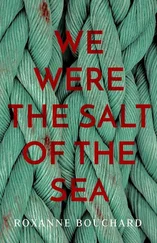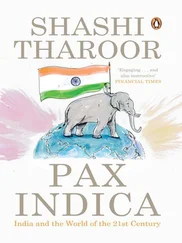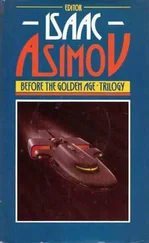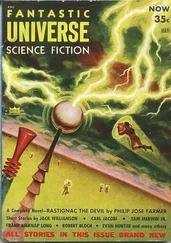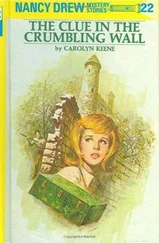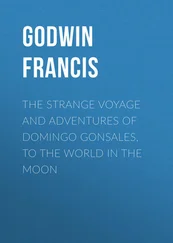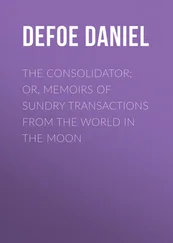Now Gorbachev gave the Eastern bloc countries to understand that they had to manage their affairs independently in the future.
As a result, round table talks were held in Poland in February 1989 which led to the Socialist state holding its first free and democratic elections the following April. Hungary’s rapprochement with the West led to the demonstrative dismantling of the border fence with Austria on May 2 nd, 1989, and the “Iron Curtain” got its first hole. In the summer of 1989, thousands of GDR citizens gathered to leave for the West via Hungary. The Hungarian government announced the opening of the border on 10 thSeptember 1989 and floods of people began to cross the border. 48
Since the GDR had restricted travel to Hungary, the embassies in Prague and Warsaw were occupied. As the situation in the embassies escalated dramatically, citizen’s movements and new parties began to form in the GDR. They countered the demand “We want out” with their slogan “We are staying here” in order to reform the country. Due to the increasing pressure caused by those wishing to flee, the GDR was forced to grant a right of exit to those holding out in the embassies. On 30 thSeptember 1989, Hans-Dietrich Genscher, Germany’s foreign minister, announced the right of exit to those in the embassies. The announcement was met with great joy from the people. 49However, the GDR had reserved the right to lead the trains with the refugees through the GDR’s territory in order to be able to formally expatriate them.
When they passed through Leipzig they were met with 5,000 protesters outside the station. The situation ended in riots which were met with a brutal reaction from the police and 1,300 arrests.
Despite the tense situation, the GDR went on celebrating its 40 thanniversary whilst the people protested against their government.
On 9 thOctober, when 70,000 people took to the streets, the police did not dare intervene due to the massive numbers of people – the verdict had been reached. The chant “We are the people” spread in no time at all. So-called Monday demonstrations had taken place in many towns in the GDR. On 4 thNovember, half a million people demonstrated against the Government in Berlin and demanded democratic reforms. On 18 thOctober, party and state leader, Erich Honecker, was forced to leave office. Nevertheless, the flow of refugees heading to the West did not slow down. The Czech government put the new GDR leadership under pressure to find a solution to slow down the flow of refugees. A travel act was quickly put together targeted at solving the problem and included rules about leaving the GDR legally. At the same time, efforts were made to make visits to relatives in the West as easy and straightforward as possible. SED official, Günter Schabowski, announced the rules at an international press conference. According to the rules, GDR citizens would be able to apply to leave the GDR without giving a reason and this would also be possible for travel being made to visit family and friends. Schabowski was not well-prepared when one of the journalists asked exactly when these rules would take effect. After a glance at his notes received from the newly appointed party and state leader Egon Krenz, came the decisive answer “immediately, without delay.” 50Reports from the western media were immediately released claiming that the Wall was open. On the very same evening, thousands of GDR citizens made their way to the border. No one informed the border troops on duty about the new regulations or instructions on how to implement them. Nobody was interested in the next announcement stipulating the necessity to apply for passports and visas. Workers at the border crossing on Bornholmer Bridge were faced with thousands of people wanting to cross. They saw no alternative than to open the border immediately. This was the night the Wall fell under pressure from the masses, the word “Wahnsinn” (madness) became the word of 1989.
The fate of the barrier was sealed with the Fall of the Berlin Wall. In the city centre, between Bernauer and Eberswalder Straße, sections of the Wall had already been removed on the night of 10–11 November 1989 to make way for a border crossing point. The Wall was open at many points within a very short period of time.
People danced joyously on the Wall, delighted that the hated construction had finally been made redundant. Equipped with tools, numerous Berliners and visitors to the city began destroying the Wall and securing reminders of the historic event. Around the same time plans to dismantle the rest of the border installations were being made. As early as December 1989, the decision to tear down the Wall had been made by the provisional GDR government and the East Berlin authorities. Any traces of the brutal border should be vanquished from the city landscape. The demolition affected not only the 45,000 Wall segments, but also other elements of the border security system. On the 1 stJuly 1990, controls at the remaining border crossings ceased and the official economic and monetary union came into effect. By this stage, more than 100 cross-boder streets had been reopened and were now back in use. The last sections of the inner-city Wall were removed in November 1990.
The swift dismantling of the Wall was a reflection of the social consensus: “The Wall has to go”. The people of Berlin did not want to be faced with the Wall any longer, the city should become one again. Whilst institutions and individuals from all over the world secured themselves sections of the Wall to put up as memorials to the Cold War and the overcoming of German division, all traces of the Wall should be eradicated from Berlin. Very few voted to maintain parts of the Wall in Berlin for future generations to see. This was to happen on Bernauer Straße which, due to the many events that took place there during the time the Wall stood, has become part of collective memory.
A 212-metre-long section of Wall stands there today and has been preserved as a memorial to the history of the divided city and the victims of the communist dictatorship. Part of the Berlin Wall Memorial on Bernauer Straße runs across the former death strip. There is a wealth of information about the former border regime, as well as information about how life was for people living alongside the Wall in the divided city. How the Fall of the Wall was forced upon the GDR government is also explained, as well as and how the peaceful revolutions which led to the Fall of the Wall came about.
1Hertle, Hans-Hermann: Chronik des Mauerfalls. Die dramatischen Ereignisse um den 9. November 1989, 10. edition., Berlin 2006, p. 14.
2On the history of the Berlin Wall: Henke, Klaus-Dietmar (ed.): Die Mauer. Errichtung, Überwindung, Erinnerung, München 2011; Hertle, Hans-Herrmann/Jarausch, Konrad H./Kleßmann, Christoph (ed.): Mauerbau und Mauerfall. Ursachen, Verlauf, Wirkung, Berlin 2002 and the online documentation www.chronik-der-mauer.de.
3Steininger, Rolf: Deutsche Geschichte: Darstellung und Dokumente in vier Bänden, Bd. 1: 1945–1947, Frankfurt (Main) 2002. On the postwar order, see also www.bpb.de/geschichte/deutsche-geschichte/grundgesetz-und-parlamentarischer-rat/nach-der-katastrophe, accessed 26.11.2020.
4Sudrow, Anne: Kleine Ereignisgeschichte der Währungsreform 1948, in: Aus Politik und Zeitgeschichte, 27/2018, https://www.bpb.de/apuz/271679/kleine-ereignisgeschichte-der-waehrungsreform-1948?p=all, accessed 09.01.2021.
5Wetzlaugk, Udo: Berliner Blockade und Luftbrücke 1948/49, Berlin 1998.
6On the development of the inner-German border: Ritter, Jürgen/Lapp, Peter Joachim: Die Grenze. Ein deutsches Bauwerk, 8. edition., Berlin 2011; Lapp, Peter Joachim: Grenzregime der DDR, Aachen 2013, p. 22–33.
7Bennewitz, Inge/Potratz, Rainer: Zwangsaussiedlungen an der innerdeutschen Grenze, Berlin 1994.
Читать дальше

